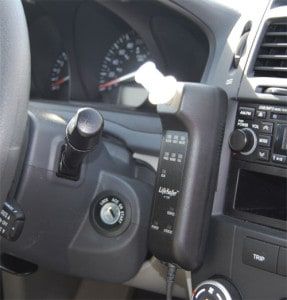 Historians suggest it was not alcohol that has led to increased drunk driving accidents, but, the boom of the automobile in daily lives after World War I. Despite the era of alcohol prohibition in the 1920s, people were still drinking, and would jump behind the wheel of a car without considering their illegal buzz could be deadly on the road. As this drinking and driving habit became a recognized problem, scientists and researchers began to develop methods to test a person’s drunkenness through the breath in order to help determine if alcohol played a role in a car accident.
Historians suggest it was not alcohol that has led to increased drunk driving accidents, but, the boom of the automobile in daily lives after World War I. Despite the era of alcohol prohibition in the 1920s, people were still drinking, and would jump behind the wheel of a car without considering their illegal buzz could be deadly on the road. As this drinking and driving habit became a recognized problem, scientists and researchers began to develop methods to test a person’s drunkenness through the breath in order to help determine if alcohol played a role in a car accident.
Early breathalyzers involved capturing a sample of a suspect’s breath in a balloon or bladder and using a color-coded chemical reaction to prove whether a person had been drinking. Several versions of these early breathalyzers were developed, but, the accuracy of the testing and results was called into question when breath samples began to be used in court to prosecute drunk drivers.
The end of Prohibition and World War II brought more cars onto the road, and allowed people to drink legally, increasing the danger of drunk driving. At the same time, better technology became available and the chemical-based breathalyzers were replaced with high-tech, electronic devices that were more portable and accurate than ever. With this technology, the car breathalyzer or ignition interlock was developed; disabling a vehicle if alcohol is detected in the driver’s breath.
Car breathalyzers and ignition interlock devices are one and the same, no matter what they’re called, they are saving lives each day. While most people understand the danger of drinking and driving, there are still plenty of people who may need a reason to call a taxi after a few beers. With the ignition interlock device or car breathalyzer, a potential drunk driver has no choice but to find that sober ride home.
